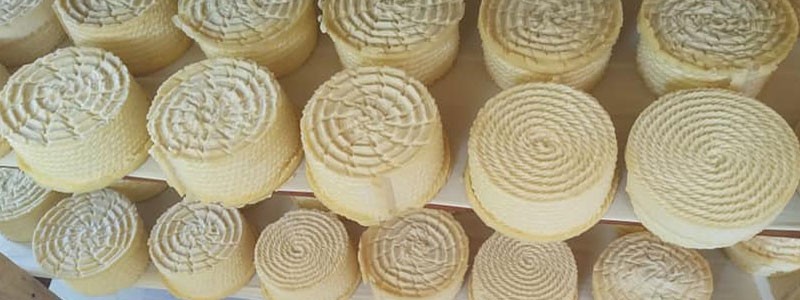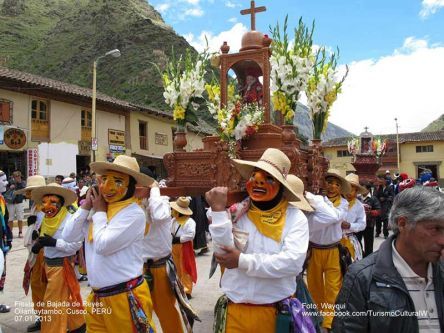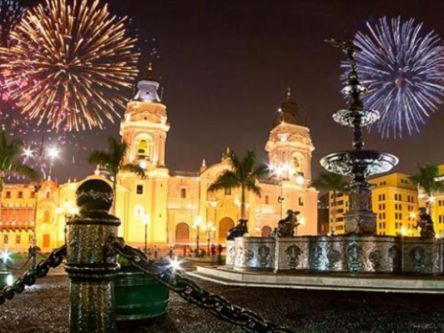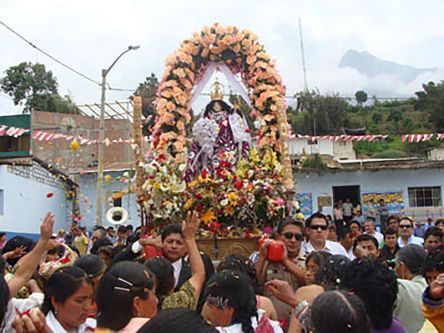Queso Paria is a Peruvian fresh cheese originating in the southern Andean highlands in the Puno region of Peru. It belongs to the family of Andean cheeses (Quesos Andinos) and has a pleasant, slightly salty flavor and a smooth texture. Queso Paria plays an important part in the culinary traditions of the southern Andes, including the regions of Puno, Arequipa, Cusco, and Ayacucho, and is widely used in several typical dishes.
Originally made with a mixture of cow’s milk and sheep’s milk, today Queso Paria is produced using only cow’s milk from animals grazing on pastures at an altitude of 3000 m (9,800ft) to 4500 m (14,500ft), which gives the milk a very distinctive flavor and color.
How Peruvian Queso Paria is made
Traditionally, Queso Paria is made by adding rennet to warm pasteurized milk. As soon as curds form, warm salt water is added. The mixture is then strained through a colander and lightly pressed to reduce the whey content. Afterwards, the cheese is put into round or rectangular molds, traditionally straw baskets are used, which give the cheese a lovely corrugated rind, and slightly pressed over a day or two.
The cheese is ready for consumption immediately; however, it’s often allowed to mature for anything between a few days up to a month.
How does Peruvian Queso Paria taste
The result of this cheesemaking process is a delicious cheese with a thin rind, a semi-hard, cream to yellowish-colored paste and a smooth, compact, and slightly elastic texture. Queso Paria has a mild, though distinctive milky, slight to pronounced salty and subtle acid flavor, which either complements local dishes or gives them their characteristic flavor.
Popular Peruvian dishes with Queso Paria
While Queso Paria is used in sandwiches, salads, local soups and stews, or eaten as a side, the most popular and known dishes containing this great cheese from the Andean highlands surely are Rocoto Relleno (Stuffed Peruvian rocoto chili from the Arequipa region), Pastel de Papa (Peruvian potato cake from the Arequipa region) and Queso frito (fried cheese).
Queso Paria fesco vs. Queso Tipo Paria
Next to Queso Paria, sometimes as well named Queso Paria fresco, which is explained above, you find as well Queso Tipo Paria, also called Queso Tradición Paria. The difference between the two is that during the cheesemaking process of Queso Tipo Paria lactic cultures are added, and the cheese is allowed to mature for a month to develop a special, pronounced flavor originating in the highland milk used.






























